Returning to the classroom during the COVID-19 pandemic may mean new policies, such as eating meals and snacks in the classroom instead of the cafeteria. These new policies may affect how schools handle food allergies. Some policies such as physical distancing, additional handwashing and increased cleaning may help prevent food allergic reactions.
Students will likely be separated due to physical distancing. This can reduce food sharing and cross-contact. Because some teachers or other classroom staff may be new to the role of monitoring lunch, schools should empower them to read labels to identify food allergens.
Reading labels is a vital part of keeping children with food allergies safe. But food labels can be confusing. Here are eight label reading tips for teachers and school staff to help prevent food allergy reactions:
- Read every label.
Review our FAQs on the Food Allergen Labeling Consumer Protection Act (FALCPA). These detail how food allergens must be listed, food exemptions and other areas not covered by the law. Foods regulated by the FDA must list the top 8 food allergens: peanuts, tree nuts, eggs, milk, wheat, soy, fish and crustacean shellfish. The labels of foods that contain these allergens must say so in plain language. If a food contains a child’s allergen, it should not be given to the child.
- Read the entire label.
Don’t only look for bold print or a “contains” statement. Companies are not required to use a bolded font on all food allergens. You must always read the entire ingredients label.
- Understand precautionary allergen labels (allergy warning statements).
Statements like “may contain...” or “processed in a facility with...” may not be accurate or consistent. They are not always a good measure of whether a food contains an allergen. Follow the child’s health plan (many children can eat foods with these types of labels).

- Check for “natural flavors.”
If a natural flavor contains one of the top 8 allergens, it will be in the ingredients list or in a “contains” statement in plain language. Other allergens, like sesame, sunflower or banana may hide in natural flavors.

- “Non-dairy” and “dairy-free” do not always mean there are no milk ingredients.
A food can use the term “non-dairy” on the packaging even if the product contains casein, a milk protein. Creamers and whipped toppings that contain sodium caseinate are often labeled as “non-dairy.” Even some cheeses may be labeled as “non-dairy” but actually contain milk protein. The term “dairy-free” is not regulated but will sometimes be used by manufacturers to describe lactose-free products. Read the entire ingredient label to check for milk ingredients.
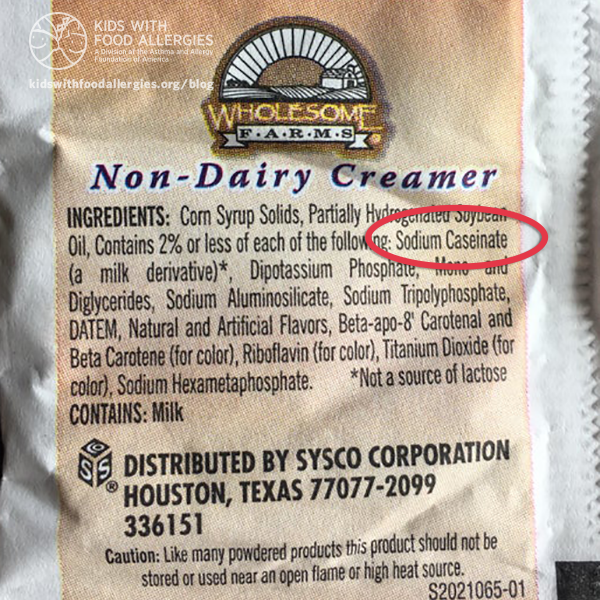
- Don’t rely on terms like “school safe,” “classroom safe,” “allergy free” or “allergy safe.”
The food may still contain an allergen of a child in your classroom – even a top 8 allergen. Read the entire ingredient label of every food.
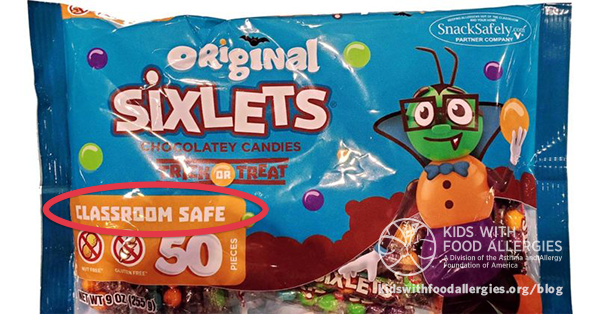
- Some non-food products contain food allergens.
You can find food allergens in other items that might be in your classroom, such as personal care items (like lotions and soaps), pet food, toys, craft supplies and play dough. These items may not have an ingredient list or may list allergens by their botanical names. You can download allergen avoidance lists for many of the top 8 allergens.
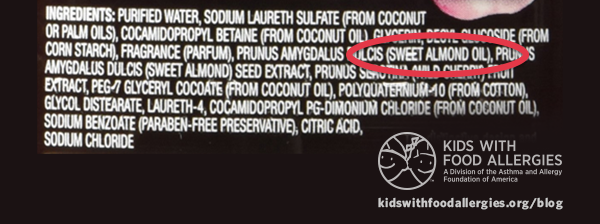
- Remember to read every label, every time.
Food companies can change ingredients and manufacturing processes at any time. Even different sizes or packages of the same food can have different ingredients and advisory labels. And if the food doesn't have the label, don't allow the child with food allergies to eat the food.

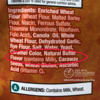



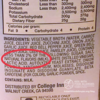

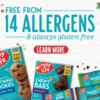
Comments (0)